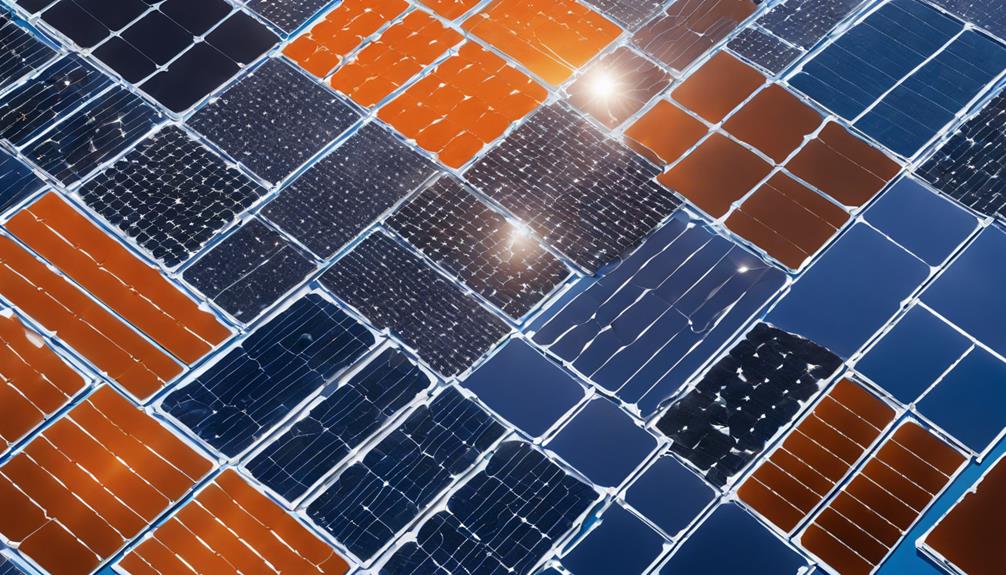
As the world shifts towards sustainable energy solutions, solar power photovoltaic (PV) systems have emerged as a leading technology for harnessing the sun’s energy. This blog post will delve into the various aspects of solar power photovoltaic systems, covering their benefits, working principles, installation processes, and the future of solar technology.
The Basics of Solar Power Photovoltaic Technology
Solar power photovoltaic technology converts sunlight directly into electricity using solar cells made from semiconductor materials. These cells generate direct current (DC) electricity when exposed to sunlight. This electricity can be used immediately, stored in batteries for later use, or converted into alternating current (AC) for use in homes and businesses. Understanding the basics of how solar power photovoltaic systems work is crucial for anyone considering the transition to solar energy.
Benefits of Solar Power Photovoltaic Systems
The benefits of solar power photovoltaic systems are numerous and far-reaching. One of the most significant advantages is the reduction in electricity bills. By generating your own electricity, you can decrease your reliance on the grid and save money over time. Additionally, solar power is a clean and renewable energy source, significantly reducing greenhouse gas emissions and contributing to a more sustainable planet. Other benefits include energy independence, increased property value, and potential government incentives or tax credits for solar installation.
How Solar Power Photovoltaic Systems Work
Understanding how solar power photovoltaic systems work is essential for maximizing their efficiency. The core component of a solar PV system is the solar panel, which consists of many solar cells. When sunlight hits these cells, it excites electrons, generating a flow of electricity. This process is known as the photovoltaic effect. The generated DC electricity is then sent to an inverter, which converts it into AC electricity, making it usable in your home. This electricity can power your appliances, charge batteries, or even be fed back into the grid, depending on your system configuration.
Choosing the Right Solar Power Photovoltaic System
When considering a solar power photovoltaic system, selecting the right type for your needs is critical. Factors to consider include the size of your roof, your energy consumption, and local solar incentives. There are different types of solar panels available, including monocrystalline, polycrystalline, and thin-film panels, each with its advantages and disadvantages. It is also essential to evaluate the installation costs, warranty options, and system efficiency. Researching reputable solar providers and obtaining multiple quotes can help ensure you make an informed decision.
Installation Process of Solar Power Photovoltaic Systems
The installation process for solar power photovoltaic systems involves several key steps. First, a site assessment is conducted to evaluate your property’s solar potential. This assessment includes analyzing roof orientation, shading, and structural integrity. Next, system design and permitting take place, followed by the actual installation of the solar panels, inverter, and necessary wiring. Professional installation is recommended to ensure optimal performance and adherence to local regulations. After installation, the system is connected to the grid (if applicable) and undergoes a final inspection to ensure everything operates correctly.
Maintaining Your Solar Power Photovoltaic System
Proper maintenance is essential to ensure the longevity and efficiency of your solar power photovoltaic system. Regularly inspecting your panels for debris, dirt, or snow buildup can significantly enhance their performance. Most systems require minimal maintenance, as solar panels are designed to withstand various weather conditions. However, it is wise to schedule periodic professional inspections to check for any potential issues, such as wiring problems or inverter malfunctions. Keeping an eye on your energy production and consumption can also help you identify any performance drops and address them promptly.
The Future of Solar Power Photovoltaic Technology
The future of solar power photovoltaic technology is bright, with ongoing advancements promising to make solar energy even more accessible and efficient. Innovations such as bifacial solar panels, which capture sunlight on both sides, and solar tracking systems that follow the sun’s path are revolutionizing energy generation. Additionally, the integration of solar power with energy storage solutions, such as lithium-ion batteries, is enhancing energy independence for homeowners. As technology continues to evolve and costs decrease, solar power photovoltaic systems will likely play an even more significant role in the global energy landscape.
Conclusion: Embracing Solar Power Photovoltaic for a Sustainable Future
In conclusion, solar power photovoltaic systems offer a viable and sustainable energy solution for homeowners and businesses alike. With their numerous benefits, understanding how they work, and knowing how to maintain them, individuals can make informed decisions about adopting solar energy. As technology continues to advance, embracing solar power photovoltaic can lead to a cleaner, more sustainable future for our planet. Whether you are looking to reduce your energy bills, contribute to environmental conservation, or increase your property value, investing in solar energy is a smart choice for the modern age.
By exploring the various aspects of solar power photovoltaic systems, you can better appreciate their potential impact on your life and the environment. If you’re ready to take the plunge into solar energy, consult with a professional solar provider to find the best solution tailored to your needs.





